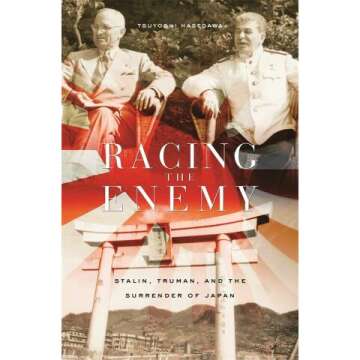The Fall of the Dutch Colonial Army in Java
In 1942, the **Royal Netherlands East Indies Army (KNIL)** faced a momentous defeat during World War II as they surrendered to the advancing **Japanese forces** on the island of Java. This event marked a significant turning point in the Pacific theater, illustrating the rapid decline of colonial powers in Southeast Asia. The Dutch colonial administration found itself overwhelmed as Japan initiated a swift and strategic assault on the islands, showcasing their military strength and tactical superiority.
The KNIL’s Resistance on Java
Initially, the KNIL attempted to mount a defense against the Japanese invasion, which had begun in early 1942. Despite a desperate effort to hold the line, the lack of resources and support, combined with poor coordination among Allied forces, hampered their effectiveness. **General Hein ter Poorten**, the commander of the KNIL, faced insurmountable challenges as his troops were outnumbered and outgunned.
Consequences of the Surrender
On March 8, 1942, after weeks of intense fighting and dwindling supplies, the KNIL eventually capitulated. This surrender was not just a military defeat but also marked the beginning of a brutal occupation. The fall of Java had profound impacts on the local population as well as on Dutch prestige globally, symbolizing the collapse of Dutch colonial authority in the region.
Aftermath and Historical Significance
The surrender of the KNIL and the subsequent Japanese takeover of Java had long-lasting implications. The event highlighted the vulnerabilities of colonial powers in the face of rapid military advances and set the stage for widespread changes in governance in the region post-war.
Repercussions for Colonial Rule
The occupation by Japanese forces was a catalyst for increased nationalistic sentiments among Indonesians, eventually leading to independence movements that would emerge stronger after World War II.
The Impact on World War II Strategy
This event shifted the balance of power in Southeast Asia, allowing Japan to consolidate its hold over the region, utilizing Java as a crucial base for further operations during the war. The KNIL’s surrender effectively opened the door for Japan’s imperial ambitions.
Fun Fact
The KNIL's Legacy
Interestingly, the KNIL was one of the last colonial forces standing before succumbing to Japanese aggression, which reveals the changing dynamics of colonial power, as traditional military techniques were no longer effective against modern tactics and technology used by the Japanese.
Additional Resources
Recommended Reading on the KNIL
For a deeper exploration of the **Dutch colonial army** and its role during World War II, consider reading "The Fall of the Netherlands East Indies" and "Java: A History". These works provide a detailed account of the military and political landscape of the region during this tumultuous time.














































































































































































































































































































































































































































































































































































 Continue with Google
Continue with Google